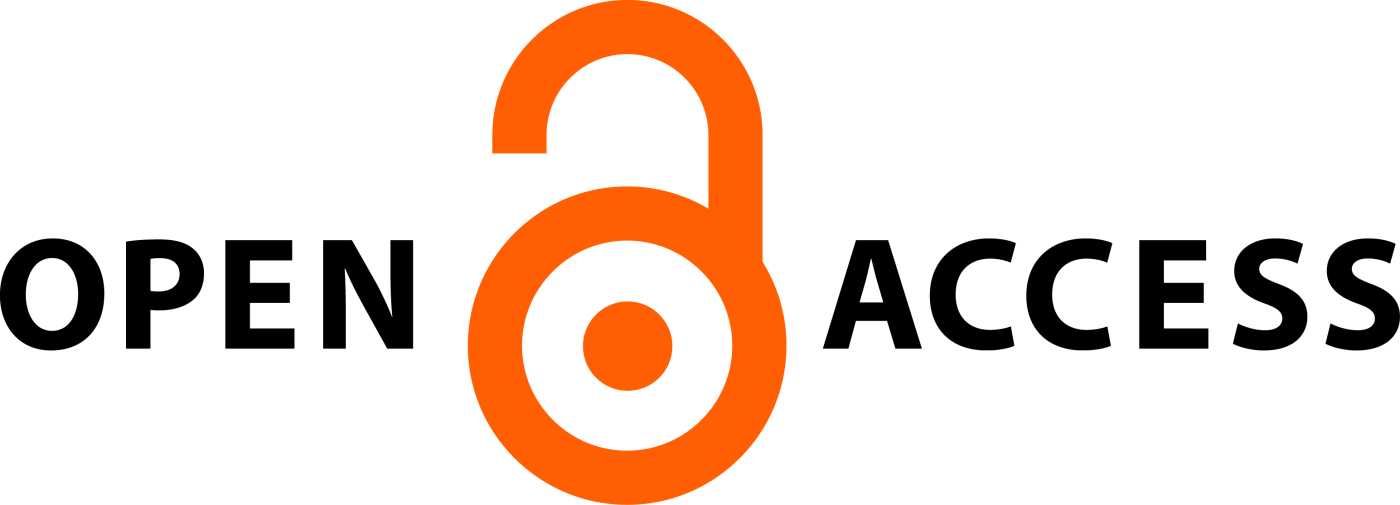EVALUATION OF DRUG UTILIZATION PATTERN IN THE PEDIATRIC DEPARTMENT OF A TERTIARY CARE HOSPITAL IN SRINAGAR, JAMMU & KASHMIR, INDIA
Abstract
Introduction: Irrational drug use, especially antimicrobials in a pediatric population, has become a commonly noted practice. Most of the drugs
prescribed for children have not been tested in the pediatric population due to the difficulties in carrying out clinical studies in children and
ethical issues due to children not being able to make their own decisions to participate in a clinical trial. Objective: The main aim of this study
was to evaluate the pediatric drug utilization pattern in a tertiary care hospital. Material and methods: This study was conducted at a Tertiary
care hospital, Srinagar, Jammu &Kashmir, India for a period of 6 months. It was a prospective, descriptive, cross-sectional study. Results: This
study evaluated a total of 205 patients from the inpatient department of the pediatric department of Tertiary care hospital, Srinagar, Jammu &
Kashmir, India. Out of 205 patients, 62.4% (128) were male and 37.6% (77) were female. The number of male patients was more than the number
of female patients. A total of 767 medicines were prescribed to 205 patients. Mean ± SEM of medicines prescribed was 3.74 ±0.07. Mean ± SEM
of medicines prescribed 125 for male patients was 3.76 ± 0.10, while for female patients it was 3.69 ± 0.11. Conclusion: Development and
implementation of Standard Treatment Guidelines (STGs) based on essential drug concept and promoting rational drug therapy will lead to more
and more rational prescribing in pediatrics. Periodic prescriptions analysis and effective feedback to clinicians should be done based on results to
ensure rational prescribing and effective health care management, which will ultimately lead to better child health.
Downloads
All the articles published in JAPSR are distributed under a creative commons license (CC BY-NC-SA 4.0)
Under this license, you are free to:
- Share- copy and redistribute the material in any medium or format for any purpose, even commercially.
- Adapt- remix, transform, and build upon the material for any purpose, even commercially.
The licensor cannot revoke these freedoms as long as you follow the license terms.
- Attribution — You must give appropriate credit , provide a link to the license, and indicate if changes were made . You may do so in any reasonable manner, but not in any way that suggests the licensor endorses you or your use.
- NonCommercial — You may not use the material for commercial purposes .
- ShareAlike — If you remix, transform, or build upon the material, you must distribute your contributions under the same license as the original.
- No additional restrictions — You may not apply legal terms or technological measures that legally restrict others from doing anything the license permits.
Copyright policy
The journal allows the author(s) to hold the copyright of their work. That means the authors do not need to transfer the copyright of their work to the journal. However, the authors grant JAPSR a license to publish the article and identify itself as the original publisher.
Licensing policy
The journal allows the author(s) to hold the copyright of their work. That means the authors do not need to transfer the copyright of their work to the journal. However, the authors grant JAPSR a license to publish the article and identify itself as the original publisher.






